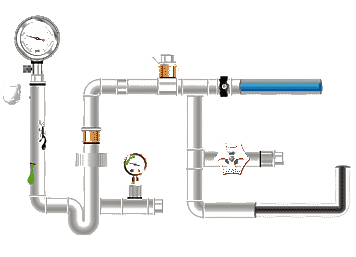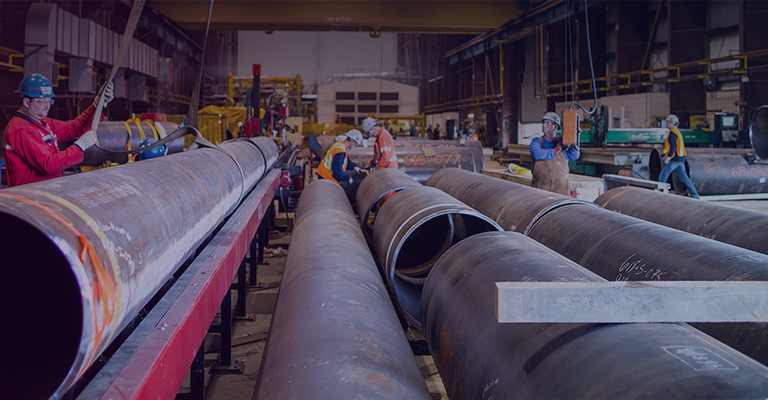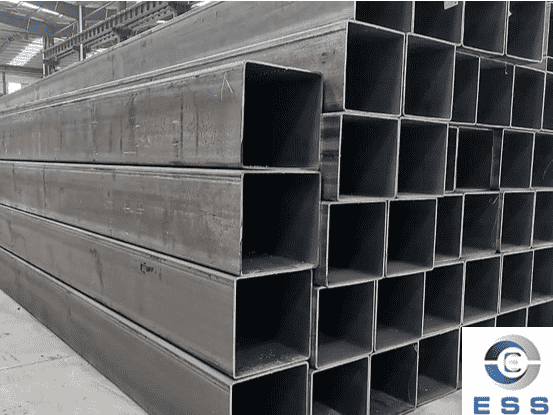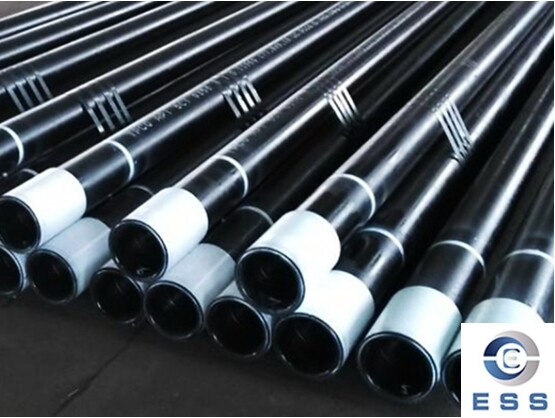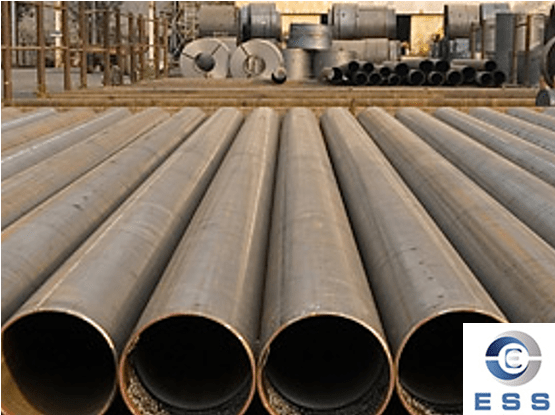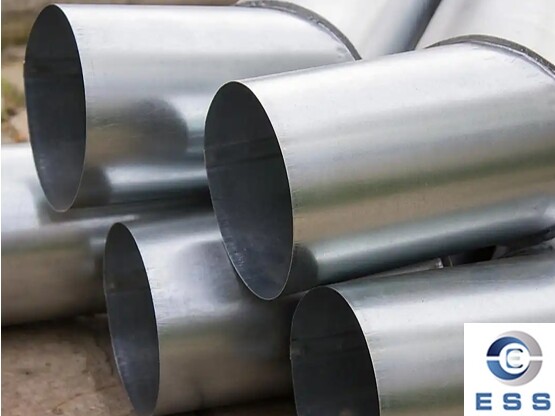
What defects are prone to occur in the
production process of a hot-rolled seamless steel pipe?
What are the characteristics? What are the causes? The following will give you
a detailed answer:
Cracks
1. Main characteristics
The inner and outer surfaces of seamless
steel pipes are straight or spiral cracks, some are mesh-shaped and the ends
and bottom of the cracks are sharp.
2. Causes
Poor steel quality, subcutaneous pores and
subcutaneous inclusions; improper heating of the tube blank; excessive
deformation pressure.
Hair lines
1. Main characteristics
On the outer surface of the seamless steel
pipe, there are continuous or discontinuous hair-like fine lines, mostly
spiral, the spiral direction is opposite to the rotation direction of the
punching machine, the pitch is large, and some are close to a straight line.
2. Causes
Poor steel quality, subcutaneous pores and
subcutaneous inclusions; the surface of the tube blank is not thoroughly
cleaned. For example, when producing seamless carbon
steel pipe, if the tube blank is not properly handled, such problems are
prone to occur.
Inner fold
1. Main characteristics
A serrated defect on the inner surface of
the steel pipe in a straight or spiral shape. For high-alloy steel pipes, this
defect is in the form of irregular blocks and is distributed at the inlet. If
the inner fold is caused by centering, it is generally half a circle to one
circle and is at the head.
2. Causes
The amount of pressure before the head is
too large; the head is severely worn; during the piercing process, the metal in
the center of the billet is subjected to strong alternating stress, so the
inner wall of the rough pipe is prone to inner fold during rolling; the inner
fold at the inlet of the high-alloy steel pipe is caused by uneven force on the
roller during piercing.
Outer fold
1. Main characteristics
The outer surface of the seamless steel
pipe is spirally folded, and the direction of the spiral is opposite to the
spiral direction of the rough pipe on the piercing machine, and the pitch is
large.
2. Causes
There are defects such as cracks or ears on
the surface of the tube blank; the steel quality is poor, there are inclusions
or severe looseness.
Rolling folding
1. Main characteristics
The outer surface of the seamless steel
pipe shows regular folding defects.
2. Causes
It is mainly caused by the damage of the
piercing machine roll or the tube rolling mill roll.
Tie folding
1. Main characteristics
During rolling, the metal enters the gap
between the rolls or the tube loses stability, causing it to form twists and
turns. After sizing, it presents local convex and concave wrinkles on the
surface of the steel pipe.
2. Causes
The outlet diameter of the leveling machine
is larger than the hole type of the sizing and reducing machine; incorrect
adjustment, roll misalignment, inconsistent center line, etc.; the sizing
machine rack is installed upside down.
Straight folding
1. Main characteristics
The inner surface of the seamless steel
pipe is symmetrical or single straight line folded and distributed over the
entire length or part of the steel pipe. The inner fold of the straight track
will affect the fluidity of the medium inside the pipeline, especially in the
seamless heat
exchanger tube, which may hinder the heat transfer efficiency and reduce
the heat exchange effect.
2. Causes
The head is severely worn or stuck with
metal; the outer diameter of the rough tube is larger than the width of the
groove hole, the inner diameter is too large or the tube wall is too thin; the
pressure reduction distribution of the piercing machine and the tube rolling
machine is unreasonable; before the second pass of rolling, the 90° flip is not turned over well.
Straight track
1. Main characteristics
The inner and outer surfaces of the steel
pipe show linear scratches with a certain width and depth, distributed over the
entire length or part of the steel pipe.
2. Causes
The top rod is bent, causing the head to
deflect and scratch the inner surface, and it is not completely flattened
during leveling; the head is severely worn or stuck with metal.
Delamination
1. Main characteristics
The spiral or block-shaped layered rupture
in the wall or inner surface of the seamless steel pipe.
2. Causes
Non-metallic inclusions and shrinkage holes
remain in the tube blank; the tube blank is seriously loose; the heating system
of the high-alloy steel tube blank is unreasonable.
Scarring, including warping
1. Main characteristics
The inner and outer surfaces of the steel
pipe show scarring.
2. Causes
The inclusions mixed in the lubricant form
a hard block with the surface iron oxide scale; the rear end of the rough tube
has ears, which fall off during the leveling and are pressed on the outer
surface of the steel pipe to form scarring; the quality of the plug is poor and
fragile, and its debris is pressed into the inner surface; when the high-alloy
steel pipe is perforated, the surface of the plug is oxidized or the position
of the receiving trough is improper.
Pits (also known as depressions)
1. Main characteristics
Irregular local depressions and marks on
the inner surface of the seamless steel pipe.
2. Causes
Due to scarring or other external injuries
such as collision; metal and other objects are attached to the surface of the
hole, so that the surface of the hole forms a convex block, which is imprinted
on the surface of the seamless steel pipe.
Concave surface (also known as bump)
1. Main characteristics
The wall of seamless steel pipe is concave
outside and convex inside, but the wall is not damaged.
2. Causes
Bumping caused by impact during lifting;
excessive swing after being bitten by the straightener.
Pockmarks (also known as pitted surface)
1. Main characteristics
The inner surface of seamless steel pipe is
localized with small pits in the form of dots, and some also appear
periodically.
2. Causes
The groove of the rolling mill or sizing
mill roll is rough and has small protrusions; the surface of seamless steel
pipe is pressed into iron oxide scale or the surface is severely rusted; the
surface of seamless steel pipe is over-pickled and pinhole-shaped and pitting
corrosion occurs; when using molybdenum alloy plugs to penetrate high-alloy
steel pipes, due to the impact of the plug or the preheating temperature is too
low, the glass lubricant is not melted and the softening point of the glass
lubricant is too high, it is easy to cause pits on the inner wall of the pipe
during perforation.
Convex surface (also called bulge)
1. Main characteristics
The outer surface of the seamless steel
pipe shows regular bulges of uneven size.
2. Causes
The rollers of the automatic pipe rolling
mill have pitting or depressions.
Concave correction
1. Main characteristics
The surface of the seamless steel pipe
shows a relatively smooth spiral depression.
2. Causes
The angle of the straightening machine
roller is too small; the amount of pressure is too large or the roller is
excessively worn to produce sharp edges.
Scratches
1. Main characteristics
The surface of the thick-walled seamless
steel pipe shows spiral or linear groove defects, and the bottom of the groove
can be seen in most cases.
2. Causes
The scratches caused at the piercing
machine and leveling machine are due to the loss of the guide plate and the
outlet nozzle, or the adhesion of iron oxide scale, the wear of the head or the
rough surface of the front roller; the scratches caused at the tube rolling
mill are due to the outer diameter of the rough tube of the piercing machine
being larger than the hole width of the working roller of the tube rolling
mill, or the center line of the return roller being inconsistent; other
mechanical scratches, such as mechanical damage in the roller, cooling bed,
straightening and transportation.
Internal spiral
1. Main characteristics
The inner surface of the seamless steel
pipe presents spiral concave and convex.
2. Causes
The diameter expansion of the leveling
machine is too large; the surface of the roller, the head and other parts are
locally worn; the roller diameter is too small or the wear is serious; the mill
is poorly adjusted, and the tool selection is unreasonable; the head is bent
and violently jumps; the wall thickness of the rough tube is uneven.
Blue line
1. Main characteristics
A longitudinal straight line mark
corresponding to the hole opening of the sizing machine appears on the outer
surface of the seamless steel pipe.
2. Causes
The rolls are misaligned or worn severely;
the groove turning is poor; the size of the material coming from the leveler is
too large.
Burrs
1. Main characteristics
The end of the seamless steel pipe has a
whole circle or a part of the cutting residue in the circumferential direction.
2. Causes
The blade angle of the pipe cutting machine
is not appropriate.
Summary
Various defects may occur in the production
process of hot-rolled seamless steel pipes, such as cracks, hair lines, folds,
pitting, scratches, etc. The occurrence of these defects is often related to
factors such as steel quality, rolling process, and equipment adjustment.
Read more: Seamless Steel Pipe Sizes









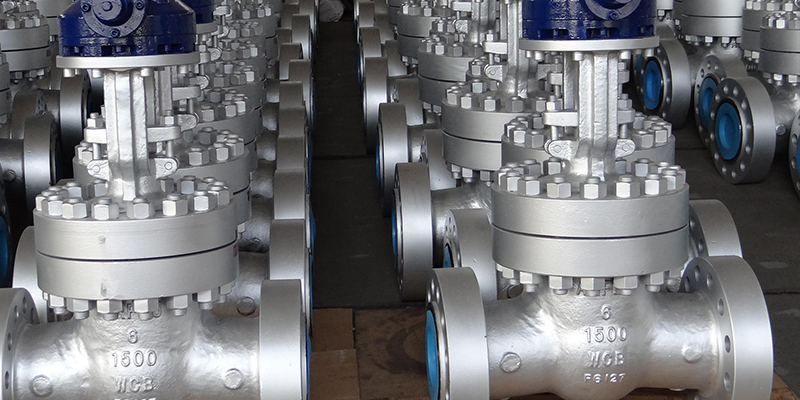
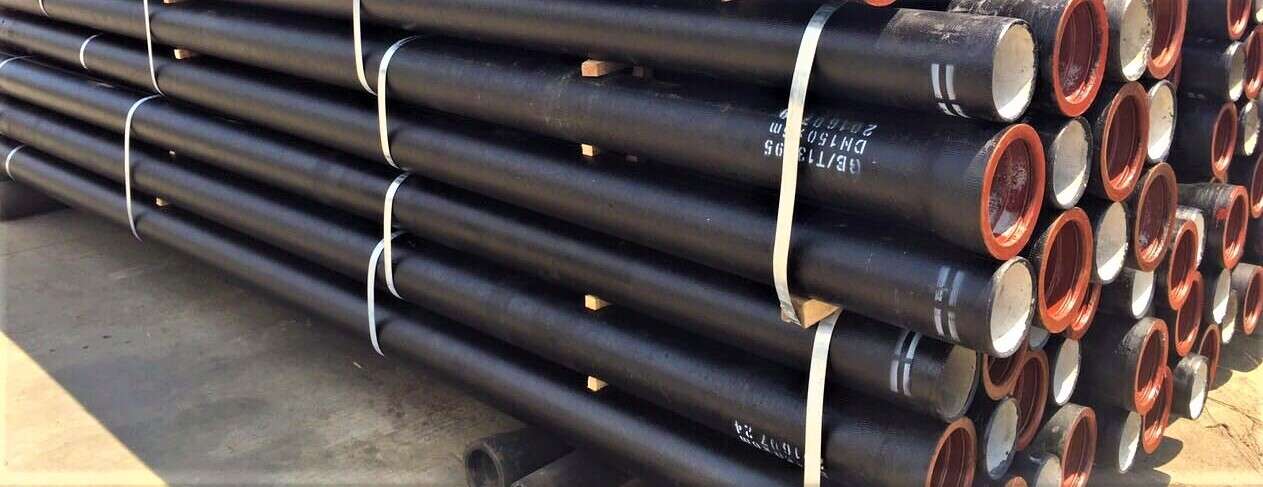


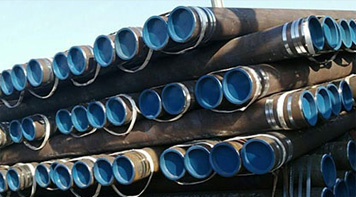 Eastern Steel Manufacturing Co.,Ltd not only improve product production and sales services, but also provide additional value-added services. As long as you need, we can complete your specific needs together.
Eastern Steel Manufacturing Co.,Ltd not only improve product production and sales services, but also provide additional value-added services. As long as you need, we can complete your specific needs together.
